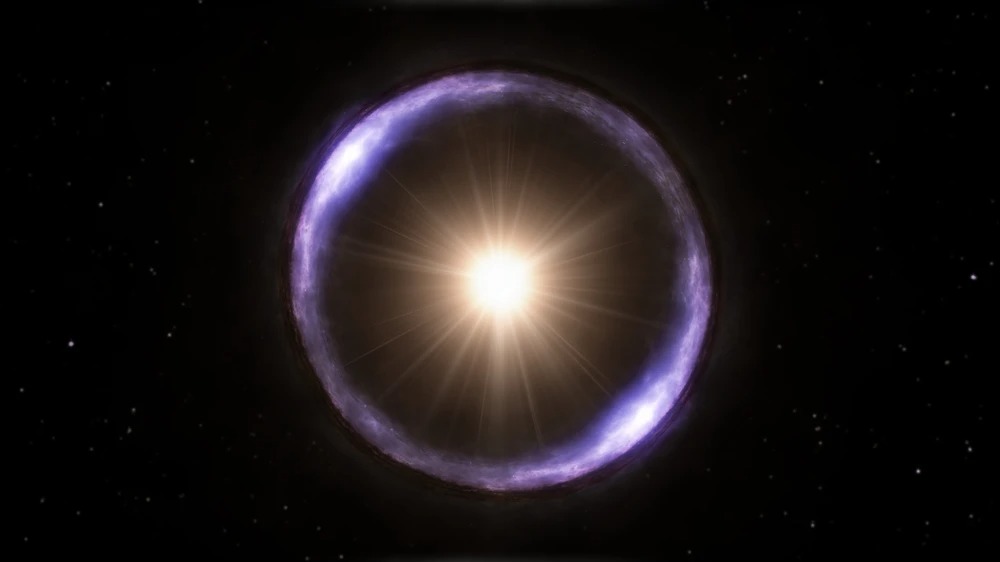Humanity is actively looking for signs of the existence of extraterrestrial life and uses powerful telescopes for this both on Earth and in space. But there’s no result yet. But a new study raises the chances of finding aliens, if there are any. The new idea was called Solar Gravitational Lens (SGL). NASA, as part of its Innovative Advanced Concepts (NIAC) program, funded in 2020 an innovative way to scale distant exoplanets at a distance of up to 100 light-years from Earth using gravitational lensing.

The researchers, led by Henry Helvajian, Senior researcher at the Laboratories of Physical Sciences of the non-profit research center The Aerospace Corporation, shared the results of the study on the arxiv preprint server. Although the team warned that the mission would need to overcome several technical challenges, it could answer one of humanity’s most fundamental questions: Are we alone in the universe?
How SGL works
The stunning views created by gravitational lensing were recently demonstrated in the first public images taken by the James Webb Space Telescope, which included enlarged galaxies of the early Universe. From the right perspective, this curved spacetime magnifies everything behind it, allowing scientists to notice objects out of sight. Now scientists suggest using our Sun as a lens.
“Of particular interest is the possibility of using SGL to obtain images with high spatial and spectral resolution of a potentially “living” exoplanet in distant Solar systems. Direct high-resolution images of exoplanets obtained using SGL can help find signs of their suitability for life,” the researchers explained.
When to expect the first results?
The focal point of the Sun’s gravitational lens is located entirely in interstellar space, which is 550 and 900 times farther than the Earth orbits our star. No spacecraft has ever gone so far beyond our Solar System. Helvajian and his colleagues suggest using a meter-long telescope with a sun canopy, which will be equipped with solar sails to quickly reach the observation point – it will take about 25-30 years. However, if the telescope could find alien life in this way, then such a mission would be worth such a long wait.
Recall that earlier we told how scientists discovered quasars.
According to Vice
Follow us on Twitter to get the most interesting space news in time
https://twitter.com/ust_magazine
